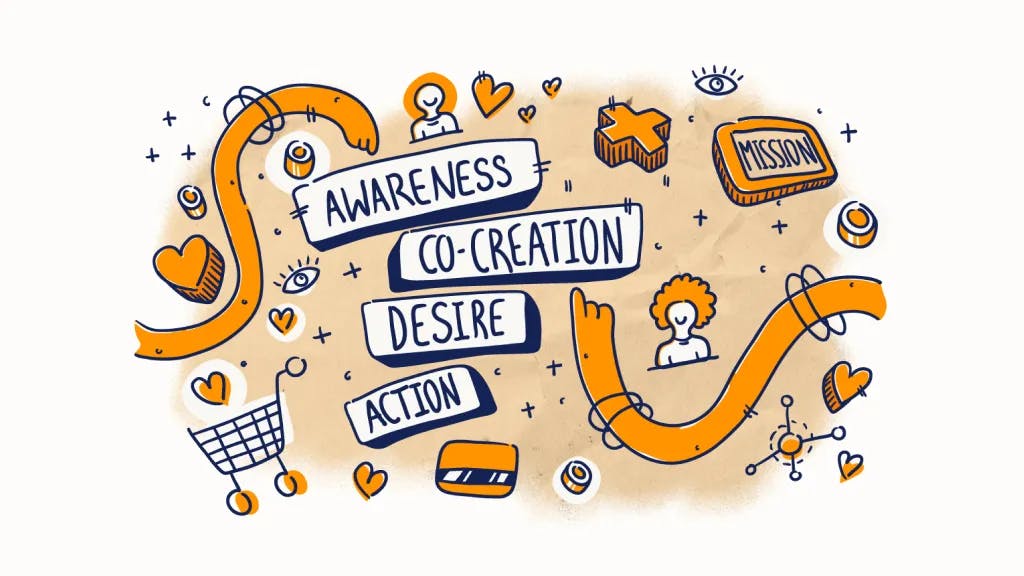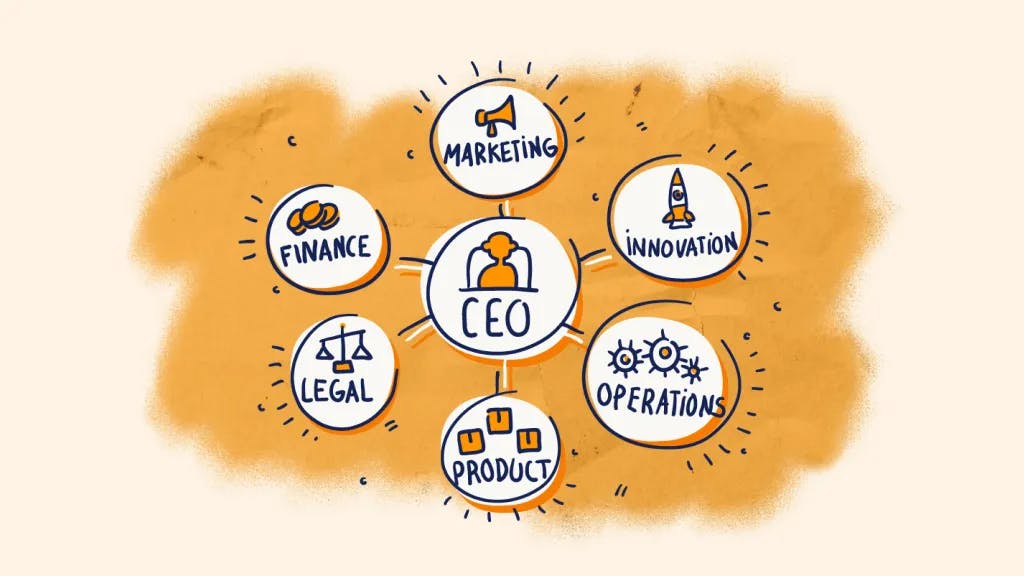What is challenge-driven innovation?
New technologies emerge every day, and consumer behavior is constantly shifting. These and other factors lead to an even more competitive atmosphere.
Increasingly, we are seeing a different type of workforce that seeks to have a voice and not just be a cog in a machine. The events of the past few years brought a new set of challenges as many began to work remotely.
In an office setting, co-workers would meet around the water cooler and chat about new ideas or drop by someone's office for a quick face-to-face chat about a unique opportunity. Now that millions communicate via video call, face-to-face connections have become more limited. Possibilities for innovation have become restricted, and relevant opportunities are being missed.
Businesses and organizations must develop dynamic and community-centered processes connecting people and ideas to drive innovation. These processes help guarantee that companies and organizations maintain their competitive advantage and that everyone can participate and have a voice.
Coming up with the right solutions can be difficult, however. The process of gathering ideas can often be unstructured and lack focus. You can get many ideas, but most are not even centered on your business needs.
That's where challenge-driven innovation comes in.
Challenges are one of the best ways to effectively gather and refine good ideas to the point where they are ready to move on to the subsequent phases of your innovation process.
Businesses and organizations can solicit ideas specifically focused on their innovation needs through innovation challenges.
First, let's look a little further into what an innovation challenge is.
What is an innovation challenge?
A challenge is a time-bound solicitation of ideas with specific goals and context.
In a challenge, participants are asked to propose ideas that address a specific innovation need. As the challenge progresses, participants can also be encouraged to stay engaged by offering feedback on each others' ideas, continuously improving them.
Innovation challenges are often called idea contests, idea campaigns, or innovation competitions.
Who runs an innovation challenge?
A challenge team typically runs each challenge. The challenge manager represents the party most interested in obtaining the solutions the challenge is after. The team also facilitates participation, motivates the community, and manages the idea selection and evaluation activities.
Why run innovation challenges?
Returning to the initial question posed: Why are challenges effective? Why run them in the first place?
Challenges are organized with specific goals and with a particular context in mind. They raise awareness by signaling where a company needs to innovate the most. They help focus participants on generating and developing ideas to address a specific problem, need, or emerging opportunity to be explored.
Focusing people's energy around a challenge can make a significant difference, allowing companies to find better solutions faster. For example, a company may want to start by identifying the primary needs or frustrations communicated by customers or employees related to their day-to-day experiences. It can then use that information to design and launch challenges to gather ideas to address those specific needs.
Challenges will help keep a good flow of ideas by generating interest and calling people to action. They encourage a healthy sense of collaboration among participants and foster a healthy and vibrant innovation culture. By defining a common purpose and shared goals, challenges will allow multiple people to connect and create a coalition around something that matters to them. This is how you can access new knowledge that people will combine to generate more robust ideas.
Organizations may also apply incentives to the challenges, recognizing the quality of ideas or the feedback participants give. This helps drive participation and leads to high levels of engagement in the innovation process.
What are the characteristics of a good challenge?
Although challenges are inherently more focused than other idea-gathering methods, challenges must be neither too open-ended nor too narrowly focused.
If a challenge is too open, ensuring you find the right solutions will be tough. On the other hand, if a challenge is too narrow, it will likely produce less creative results, and you will only get the solutions you already expect.
An excellent way to spot whether a challenge is too narrow is to check if the challenge presented inspires participation or is inadvertently guiding participation toward a preconceived solution. If the latter is true, the challenge is likely an existing idea you are trying to validate instead of an invitation for new solutions. If that's the case, the challenge needs to be reformulated.
Another characteristic of a good challenge is the clarity of its goals. This aspect comes down to effective communication. It's essential to ensure that participants fully understand the scope of the challenge, what issues need to be solved, and the criteria for success.
How will you know if you're ready to launch a challenge?
Before launching a challenge, you must determine what your innovation goals are. Those goals need to be aligned with your business model and objectives.
Is your goal to improve performance, effectiveness, or an existing product? Or perhaps you want to explore emerging opportunities to innovate in a particular domain?
Whatever that goal is, be sure to make it clear to all involved so they know exactly what you want to get from this process.
All in all, ensure that the goals and scope are clearly defined and communicate those well to those participating in the challenge.
Speaking of participants, it's essential to determine who you want to participate in the challenge. Will it be an internal challenge for employees or members of your organization only? Or will it be external and include other stakeholders, collaborators, or members of other organizations? Determining that ahead of time will help you plan, adjust communication, and make the process run smoothly.
How to go about capturing ideas for a challenge?
Managing a challenge is a task that involves a lot of parts. At its core, however, you have to be sure to determine the answers to the following questions to ensure that your challenge launch runs smoothly:
What is the scope of this challenge?
Is it clear to the target audience? What are the desired results or impacts? Are there any assumptions or restrictions? Are they communicated? Will we need people to contribute with feedback to get a solution?
What is the value of this challenge?
Who will benefit from solving the challenge, and how? What's the impact if we don't solve this challenge?
Are there any sponsors we can bring on board?
Is there a sponsor who can guarantee the evaluation and execution of ideas? Are there resources committed to pursuing the most promising ideas?
What will happen when a challenge ends?
Are the next steps clear? How will the ideas be evaluated and selected? By whom, how, and when? How soon after can the next steps begin?
There are various methods you can use to run challenges. One of those methods is the use of emails or online forms. This method is often cheaper, but it's not the most effective in the long run as it doesn't work at scale, costs you time, and doesn't allow for seamless participant collaboration.
That's why most companies and organizations serious about innovation use innovation management software to help launch their challenges.
An innovation management software automates the challenge launching process. It helps you quickly onboard the people you want to participate with and crowdsource ideas from them. With innovation management software, you'll be able to launch challenges much more rapidly and ensure daily participation through reminders and incentives built into the software.
InnovationCast allows you to launch innovation challenges quickly and easily collect ideas aligned with your business goals. It also allows you to create custom submission forms for each challenge to improve the quality of those ideas. Challenges can be visually customized (without a web designer).
Collaboration is also supercharged with InnovationCast, as the software employs social design mechanisms such as badges and incentive systems, which you can personalize to reward meaningful participation in the process.
Want to learn more about how InnovationCast can help you launch your innovation challenges? Find out more about challenges.




